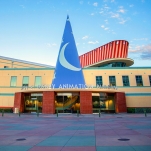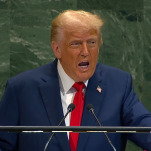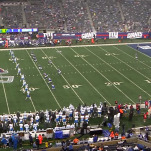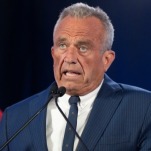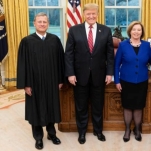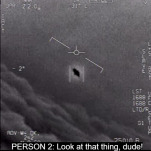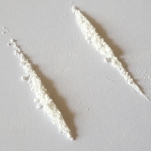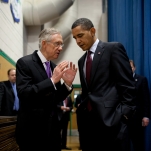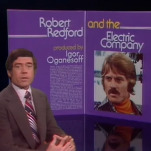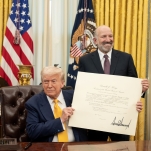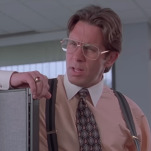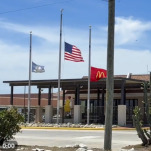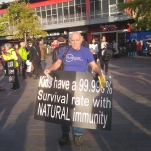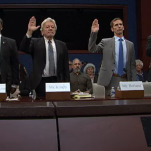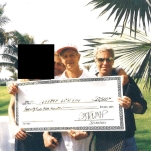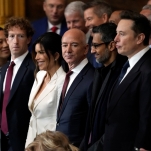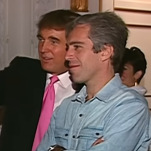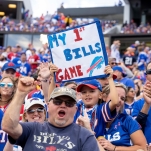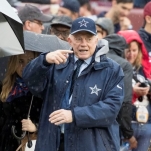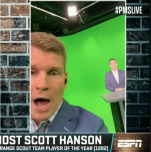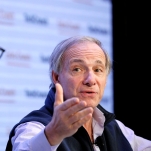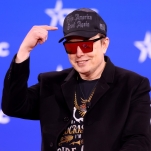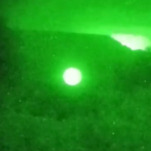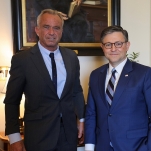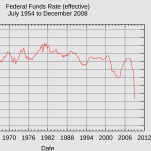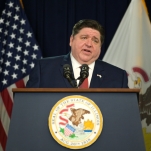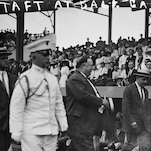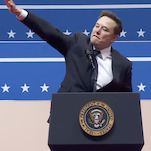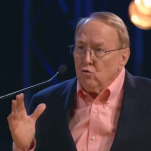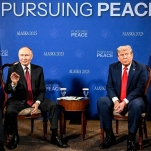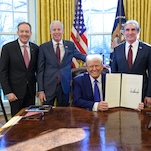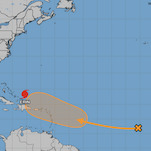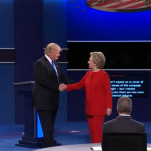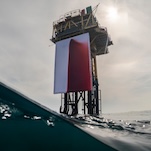Young men are breathing life into Hungry-Man, the freezer aisle’s most ridiculously named product
Millennials are supposed to be known for their inclusiveness, and to a certain degree, health-consciousness.
But at least a segment of them are being credited with propping, and even growing, the sales of one of the most ridiculously named food products in existence, even as its peers fall by the wayside: Hungry-Man frozen dinners.
Last year, the product saw growth in the “mid single digits,” the company says, and continues to hold an 8 percent share of the entire frozen dinners segment.
“We understand the consumer who really loves this brand,” Bob Gamgort, CEO of Pinnacle Foods, which distributes the product, said on its most recent earnings call.
That consumer: Men. Young men.
First launched in the early 70s during the heyday of TV dinners, Hungry-Man was at a crossroads when Gamgort took over as Pinnacle CEO in 2009 as frozen foods of all kinds began to come under criticism — and sales pressure. Hungry-Man’s XXL Roasted Carved Turkey was voted “saltiest frozen dinner” by Men’s Health in 2008, clocking in at 4,480 mg of sodium for a total of 1,360 calories.
“On all the conversations that we have about health and wellness and positioning for the future and millennials, it frequently gets pointed out as a brand that seems to be out of sync with the times,” Gamgort said on the call.
So the company decided it either had to cut costs, as some frozen dinner competitors were choosing to do, but which would further degrade quality; or increase quality, and price, to boost margins.
They chose the latter, using more select meat products and rolling out a series of “trendier” flavors, while keeping sodium and calorie counts the same, or even bumping them up: CalorieKing.com now says the XXL dinner contains 5,410 mg of sodium at 1,450 calories, although other meals can be half this. The meals sell for about $3 at Walmart.
-

-

-

-

-

-

-

-

-

-

-

-

-

-

-

-

-

-

-

-

-

-

-

-

-

-

-

-

-

-

-

-

-

-

-

-

-

-

-

-

-

-

-

-

-

-

-

-

-

-

-

-

-

-

-

-

-

-

-

-

-

-

-

-

-

-

-

-

-

-

-

-

-

-

-

-

-

-

-

-

-

-

-

-

-

-

-

-

-

-

-

-

-

-

-

-

-

-

-

-

-

-

-

-

-

-

-

-


